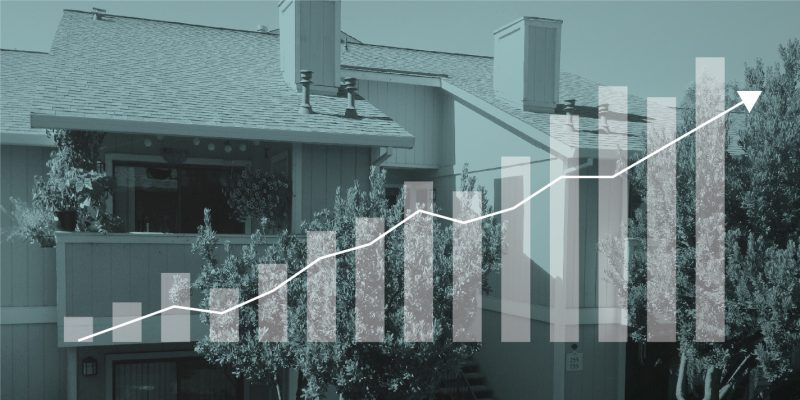19 |
August |
Apartment Renovations and ROI
In today’s market, many apartment complex owners must compete for tenants by offering the amenities and luxuries that their market place dictates and those that the clients expect to see. The investments made for renovations and creature comforts can vary drastically based what part of the country the real estate is located & what the competition offers among many other factors. In certain markets, a landlord could spend as little as $5,000 for basic renovations and enjoy a solid ROI in increased rent. In other markets and in what may be a similar property, the owner may need to spend a higher dollar amount for the unit to attract potential renters. This higher dollar amount is typically driven by market conditions, job market, price of labor and materials, as well as what the renters’ expectations maybe in that specific market. For example, adding electric charging stations in the parking area in Michigan may not produce nearly as much ROI as it would in other areas such as Northern California.
Typically a property manager or owner looks very closely at the ROI in the renovations. There are many things to consider when it’s time to renovation of an apartment unit. Typically, a 10%-25% return on investment is the benchmark in the industry. What does that exactly mean? It means that he or she expects to see at least a 10% return on annual basis on the investment made in that unit. For example, if a rental apartment is currently producing $2,500 per month and a renovation project is expected to cost $15,000, how much should you be able to increase your rental fees to get to the 10% annual goal? The magic number is $125 per month. If rent is increased to $2625 (at a minimum), this specific unit will produce $1,500 more in rent per year than before and in 10 years, it pays for itself. Of course this does not take into consideration the interest on borrowed money, or the fact that there are tax deduction benefits for depreciating assets.
Another big consideration is the enhanced value of the property by keeping the units updated. If the owner of the property considers selling the property, he or she can expect a higher selling price of the complex than another complex that is dire need of extensive work. This also creates no disruption to income stream when the new owner takes over the property.
Of course many other factors play a role here such as: What is the life expectancy of the renovations? Clearly you want this to be at least 10 years to break even. What this brings to light is the importance of great planning and utilizing finishes and components that provide a 10 year visibility for longevity and trends in remodeling.
Typically the most effective ways to attract new clients are when they are considering renting a new apartment unit are:
New Flooring, New Paint, New Cabinets, New Countertops, New lighting and Plumbing Fixtures and new Appliances.
There are also other items that can contribute to the overall complex’s appeal such as: enhanced community building, an exercise gym, BBQs for outdoor gatherings and more. These investments are a little harder to quantify, but they certainly contribute to the curb appeal of the property and they tend to attract longer term tenants and a larger pool of potential clients.
At Earthtone Construction we understand the importance of ROI as well as developing a budget and schedule that will maximize your dollars invested in the project. Over the years, we have assembled the right team of passionate people who have vested interest in the success of your project. We have created relationships with key vendors and suppliers to bring the best value to the table for any renovation project in the multifamily segment. By having a clear understanding of the financial implications as well as what each location’s specific needs are, we thrive on delivering on time and within budget projects that create value for our clients. After all, if our clients don’t succeed, our efforts will be short lived.
This chart assumes a current $2,000 a month rental income which as of year 2 will be increased by 2% to adjust to inflation. The orange indicates the increased income assuming a 10% increase in rental income for ROI. ~ Kashy Ghazzagh
